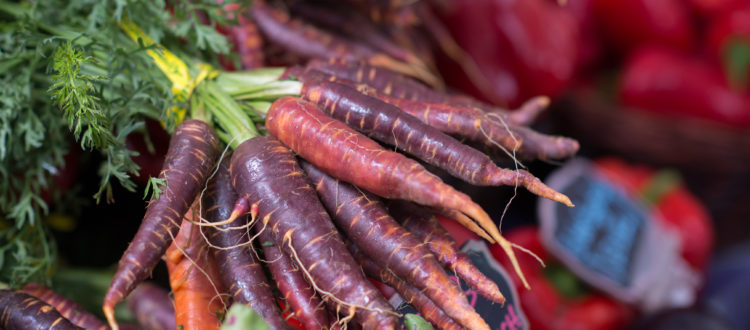Fall Foods to Keep for Winter
Everything at the markets looks so good right now. It’s time to stock up for the winter – here are some easy ways to enjoy your favorite autumn bounty all year long.
Preserving food draws out the oxygen and stops the growth of microorganisms that break down freshness. So, with time spent now, come January or March you can open your freezer bags and jars to enjoy the fresh flavors of fall.
Here are four simple ways to keep food for winter, they’re in order of easy to a little bit of effort: freezing, pickling, dehydrating and canning.
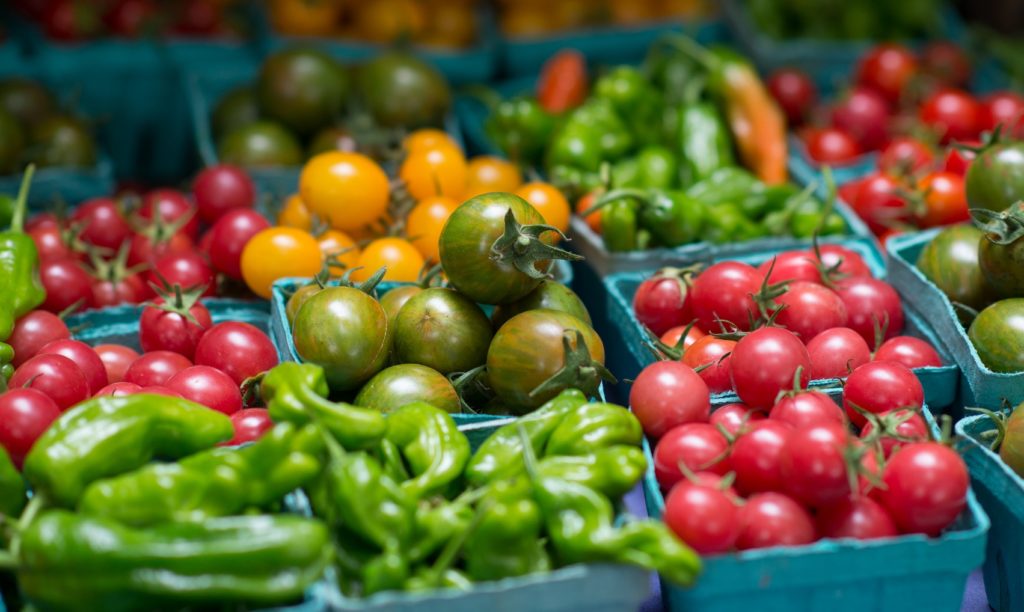
Freezing
Freezing is the simplest way to keep produce. It is important to freeze the produce when it’s just ripe and not over-ripe.
Experts suggest and I agree – freeze fresh cut veggies and fruit on a cookie sheet before you package them. This helps keep the shape and seals in the juices. Once frozen, pack the produce into serving-sized bags or containers. Use a sharpie to label the bag with what’s inside and the date.
I use a food saver machine that vacuum seals the bags. You can get a machine for around $60. There are several brands of heavy freezer bags that work well too to reduce freezer-burn and keep food for a few months. Press out as much air as you can or put a straw in the corner of the bag and suck out extra air.
Best produce for freezing: tomatoes, berries, green beans, peaches, plums, peppers, apples and pears.
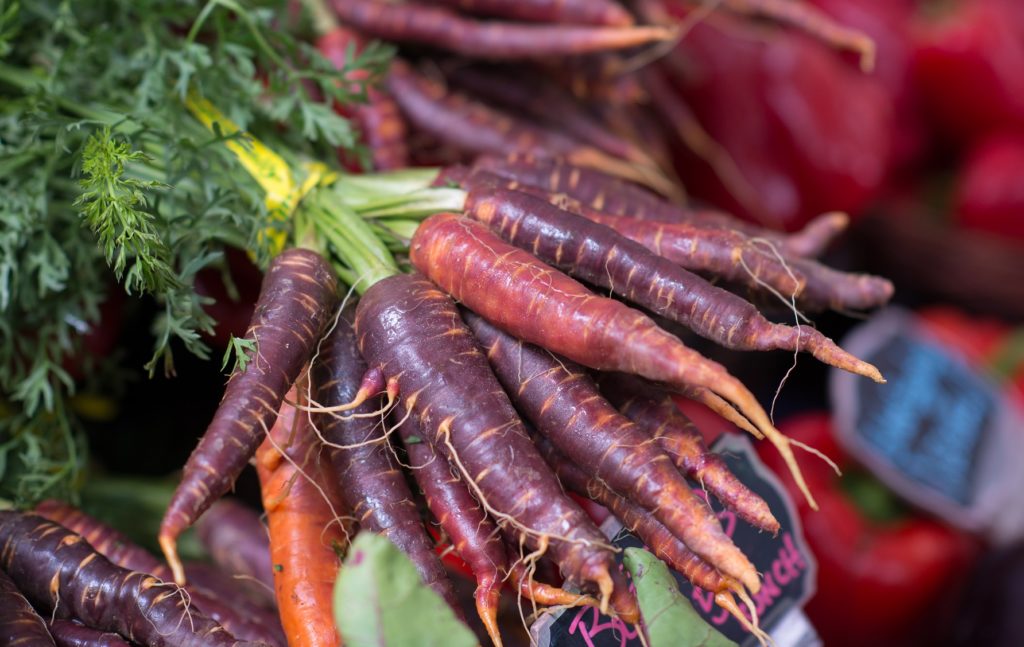
Pickling
Pickling is for more than just cucumbers! There are many methods of preserving food in vinegar, salt brine or a similar mixture.
You can pickle whole vegetables, like green beans or zucchini. Another welcomed-in-winter treat is to make chutney, salsa or relishes. This is done by pickling to small, cut pieces of vegetables and other seasonings. My family loves corn salsa with our New Year’s day feast.
Great fall foods to pickle: cucumbers, carrots, zucchini, hot chili peppers, watermelon rinds and eggplants.
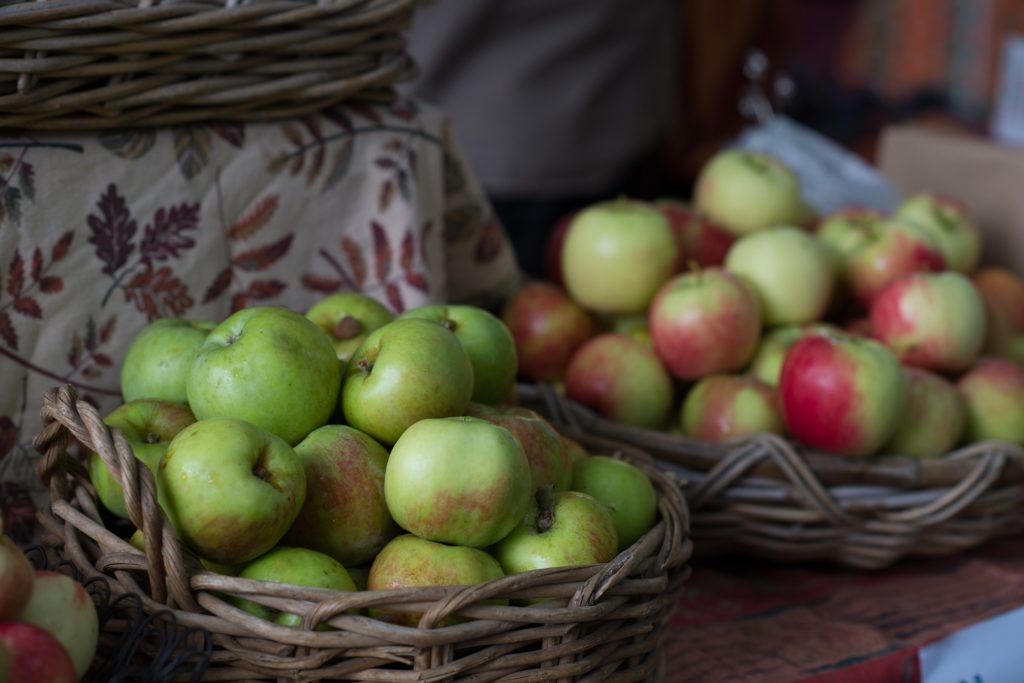
Drying
Drying or dehydrating your harvest is easy and only requires an oven. Food you are drying should be ready to eat and not have bruises.
When drying, look up specific directions for each food to ensure quality and safety. Juicer foods take longer. Some will keep best in sealed containers in the refrigerator after drying.
Drying methods include laying thinly cut produce on cookie sheets or racks to air dry. Oven drying at low heat or by using an electric dehydrator. If you think you will be drying foods regularly, consider investing in an electric dehydrator for around $40.
Best harvest for drying/dehydrating: berries, herbs, stone fruit, tomatoes, mushrooms, hot and sweet peppers, apples, pears, and pumpkin seeds.
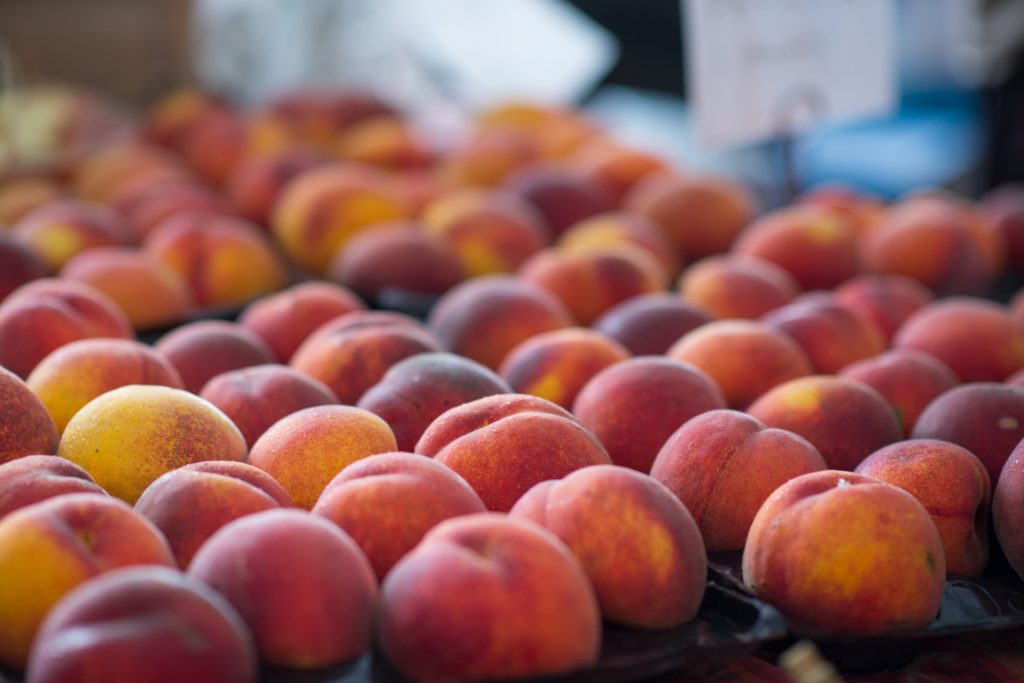
Canning
The simplest way to can produce is in a boiling hot water bath. This involves putting food in sealed glass canning jars and then heating the jars in a pot of boiling water for several minutes. The heat forces air from the glass jars and frees the food from bacteria and microorganisms.
This method works best with naturally acidic foods like fruits and tomatoes. There are several recipes and guides for safe canning and it requires some special equipment. Be sure to follow recipes and canning processes to ensure a safe to each product.
Best produce for canning: peaches, pears, figs, tomatoes, carrots, corn, and bell peppers.
Resources
https://extension.oregonstate.edu/food/preservation – safety, recipes and general resources.
https://ballhomecanning.com/recipes/ – recipes for and canning methods.
https://nchfp.uga.edu/ – National Center for Home Food Preservations – wide variety of info, well organized.
https://tasteforlife.com/living/eco-home/preserve-your-fall-harvest – helpful for freezing and dehydrating.
https://marshallshautesauce.com/products/signed-copy-of-preservation-pantry – Sarah Marshall’s book of how-to preserve and 100 recipes for canning and using what you preserve.

